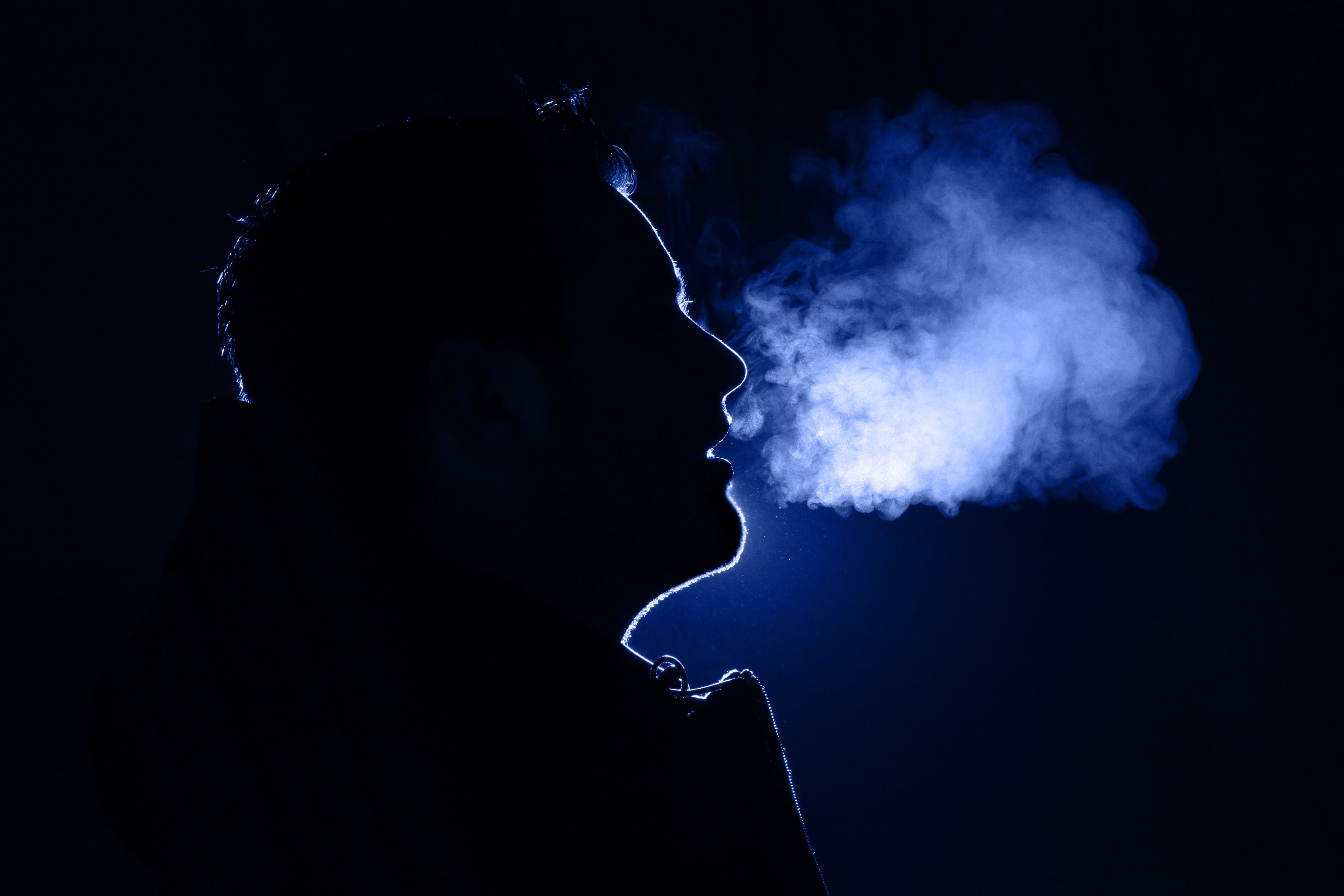Ion Suppression and its Role in Secondary Electrospray Ionization
Ion suppression is a known matrix effect in electrospray ionization (ESI), ambient pressure chemical ionization (APCI), and desorption electrospray ionization (DESI).
A research collaboration out of the Department of Chemistry and Applied Biosciences at Eidgenössische Technische Hochschule (ETH, or the Federal Institute of Technology) Zürich in Switzerland has attempted to elucidate the role of ion suppression in secondary electrospray ionization (SESI), to better understand its effect on quantitative applications of SESI (1).
Man exhaling warm breath | Image Credit: © JRP Studio - stock.adobe.com

The work by authors Cedric Wüthrich, Stamatios Giannoukos, and Renato Zenobi, recently published in the Journal of the American Society of Mass Spectrometry, defines ion suppression as a “thoroughly documented” matrix effect that is described as a “phenomenon” in the process of liquid chromatography coupled to electrospray ionization-mass spectrometry (LC–ESI-MS) (1). In short, ion suppression reduces the efficiency of ionization, causing a net negative effect on sensitivity. The authors reported that ion suppression has also been found to be a factor in ambient pressure chemical ionization (APCI), but not to the extent of with ESI.
On the other hand, secondary electrospray ionization (SESI) has the potential to wield higher ion suppression than LC–ESI-MS because as the authors said, in the former, matrix compounds are not removed (1). There is a lack of what the researchers classify as thorough investigations into ion suppression in SESI, especially when it comes to breath analysis. They go on to say that acetone is of particular interest in this course of study, as it is highly concentrated in exhaled breath, can be detected in positive ion mode, and is regularly used in clinical applications. Acetone was predicted by the authors to be a major cause of suppression in the analysis of breath.
SESI is a flow-injection, soft ambient ionization method that is often paired with high-resolution mass spectrometry (HRMS), altogether described as highly sensitive (1). But it is only semiquantitative, according to the authors, and requires the obtaining of calibration curves for specific metabolites to make quantification possible. Complicating matters, the researchers said, quantification must be performed to reference standards with SESI, as its exact ionization mechanism is still up for debate—and matrix effects should be characterized prior to any external calibration.
To test ion suppression in SESI, the research team devised a gas standard generation system based on evaporation (1). What they aimed to find were any impacts of increased concentrations of certain compounds, namely acetic acid, acetone, and pyridine, in both electrospray and gas phase. Acetic acid did not suppress the signals of the other two compounds, acetone significantly impacted acetic acid only, and pyridine was the most suppressive versus the compounds it was compared with.
But a gas-phase level increase in acetone, to 10 ppm, was shown to decrease the intensity of volatile compounds in condensate by approximately 50%. That confirmed the presence of at least some form of ion suppression in SESI, with compounds of lower gas-phase basicity more likely to be noticeably suppressed, the authors said (1). The study suggested further research on the subject, but also said mitigation strategies would be needed to enhance data quality.
Reference
(1) Wüthrich, C.; Giannoukos, S.; Zenobi, R. Elucidating the Role of Ion Suppression in Secondary Electrospray Ionization. J. Am. Soc. Mass Spectrom. 2023, 34 (11), 2498–2507. DOI: 10.1021/jasms.3c00219
New Method Explored for the Detection of CECs in Crops Irrigated with Contaminated Water
April 30th 2025This new study presents a validated QuEChERS–LC-MS/MS method for detecting eight persistent, mobile, and toxic substances in escarole, tomatoes, and tomato leaves irrigated with contaminated water.

.png&w=3840&q=75)

.png&w=3840&q=75)



.png&w=3840&q=75)



.png&w=3840&q=75)


